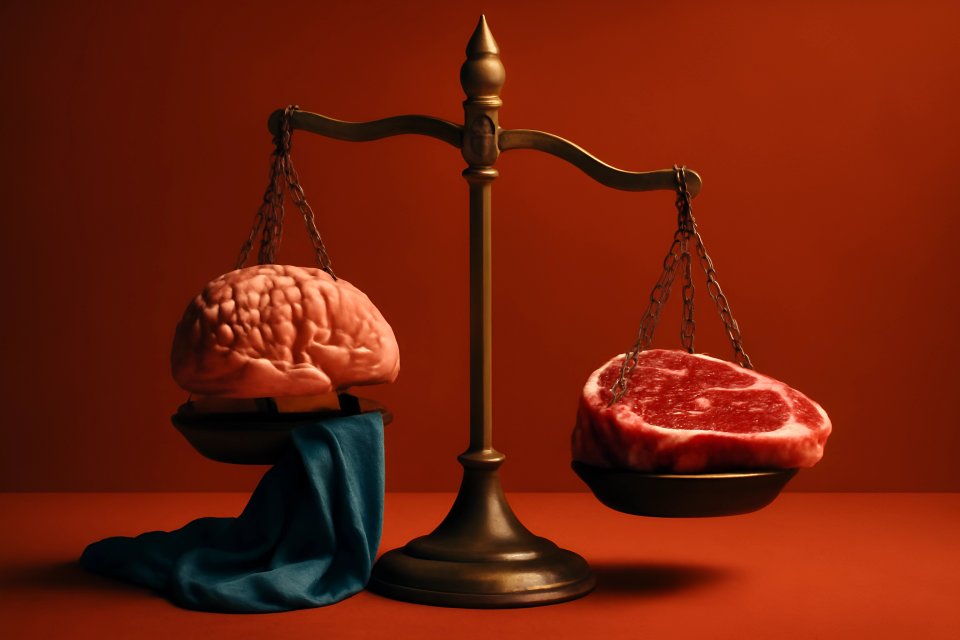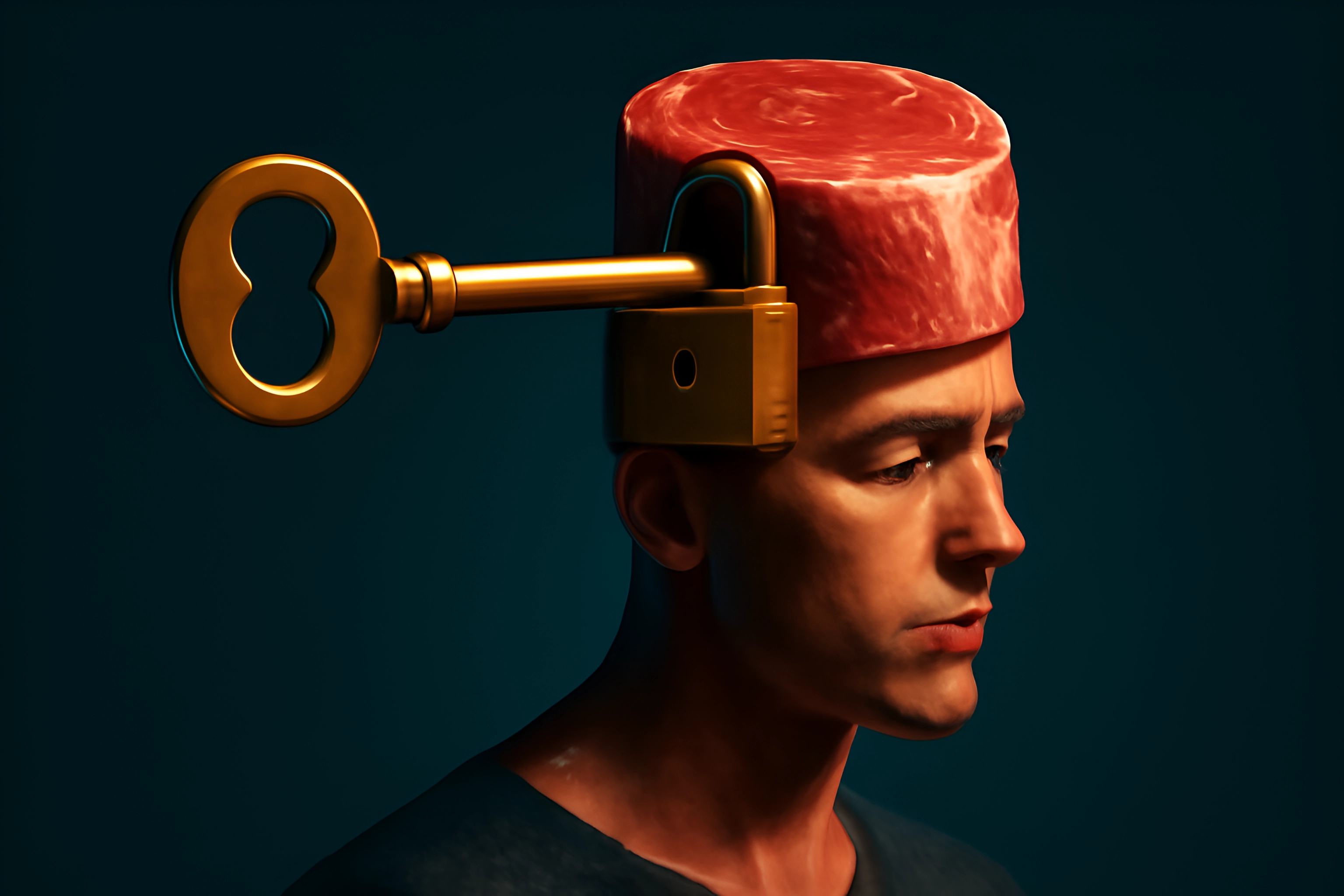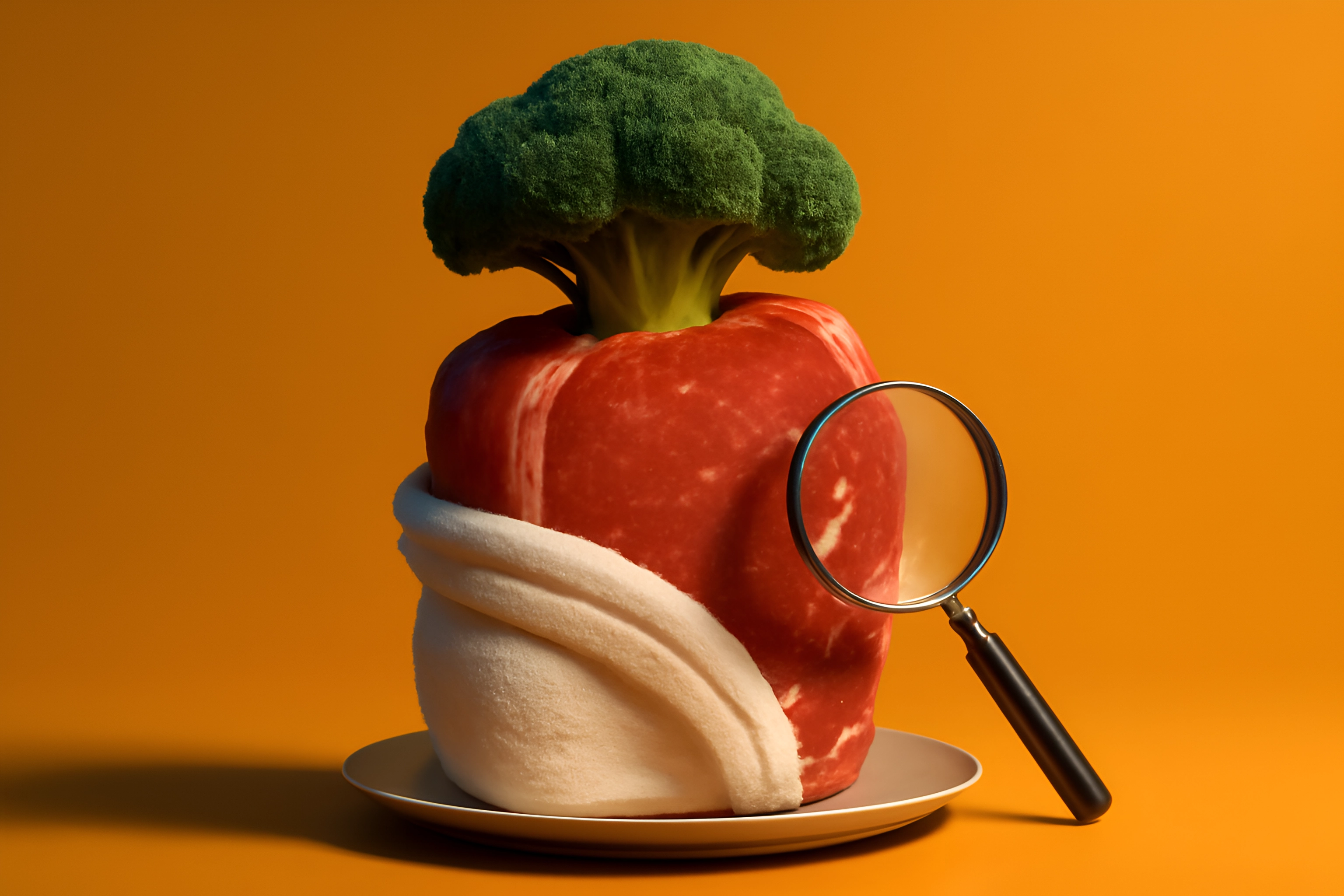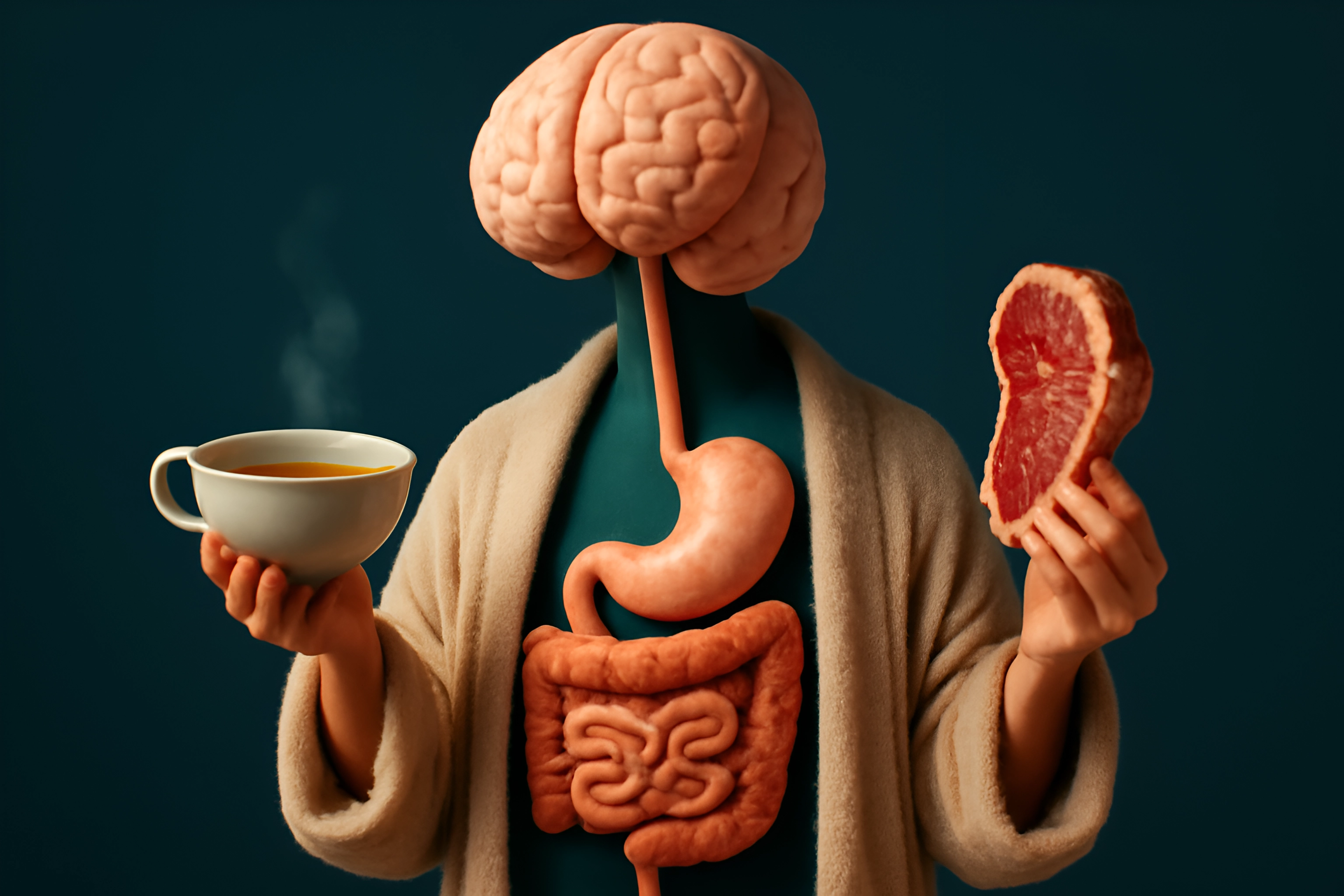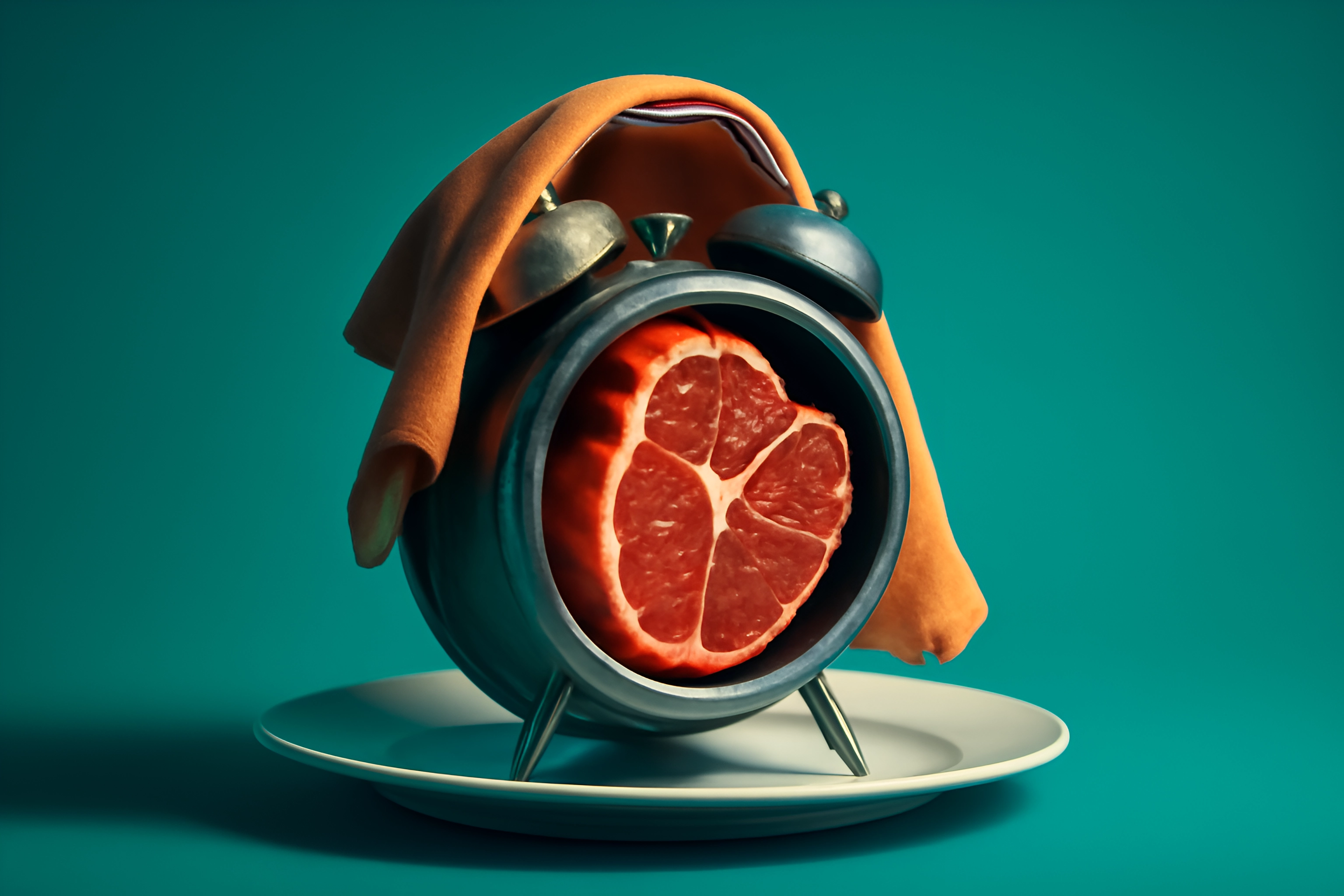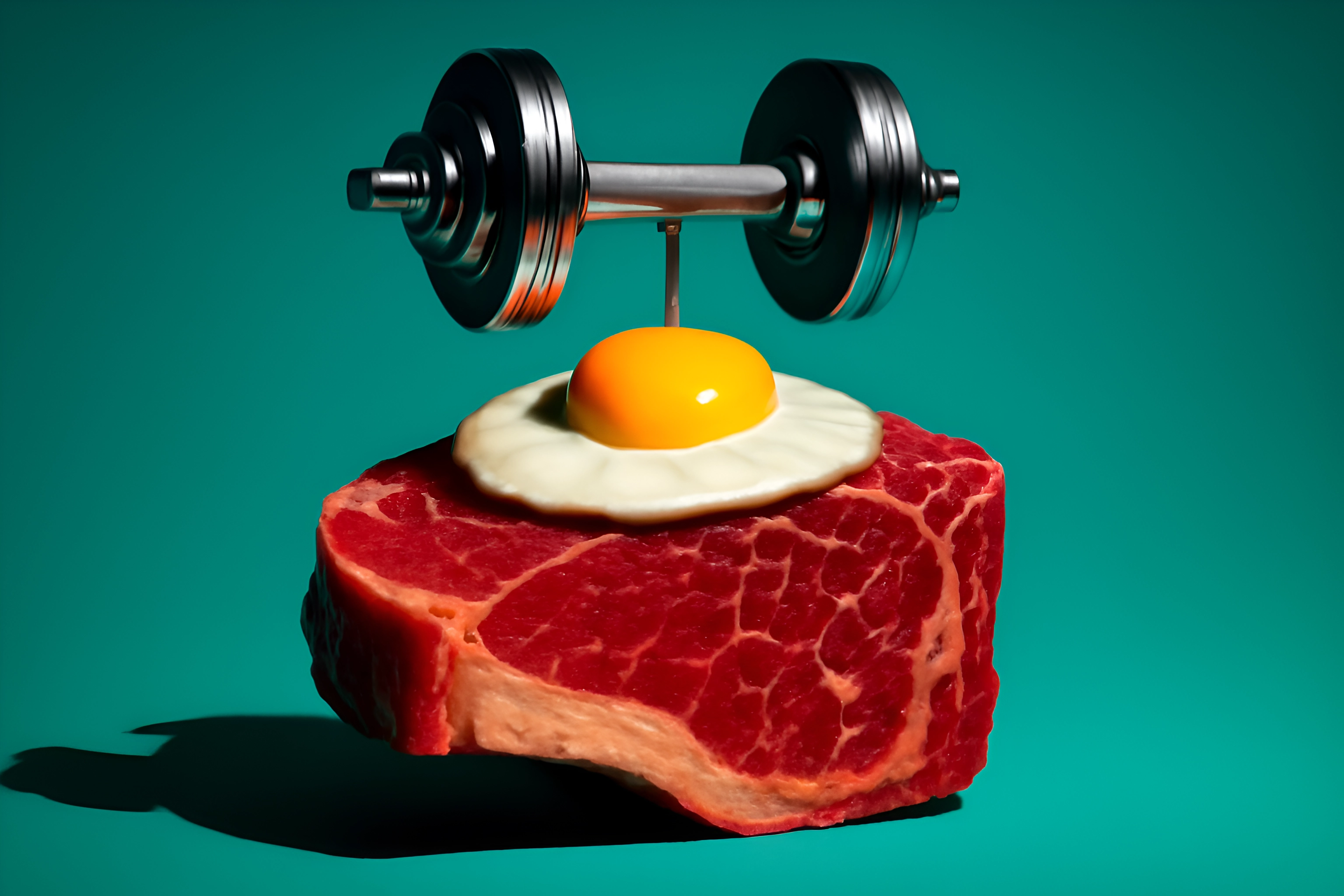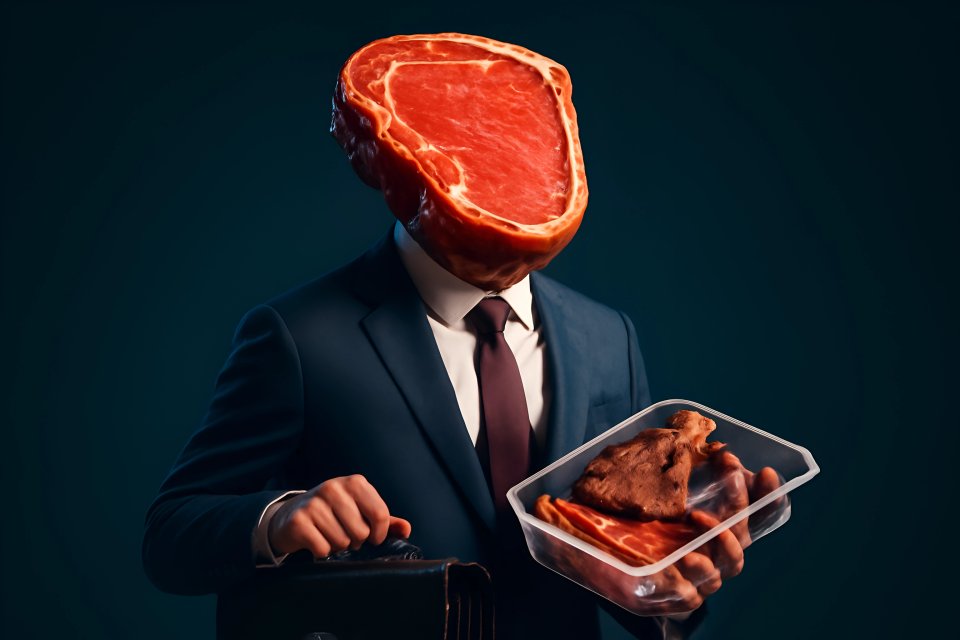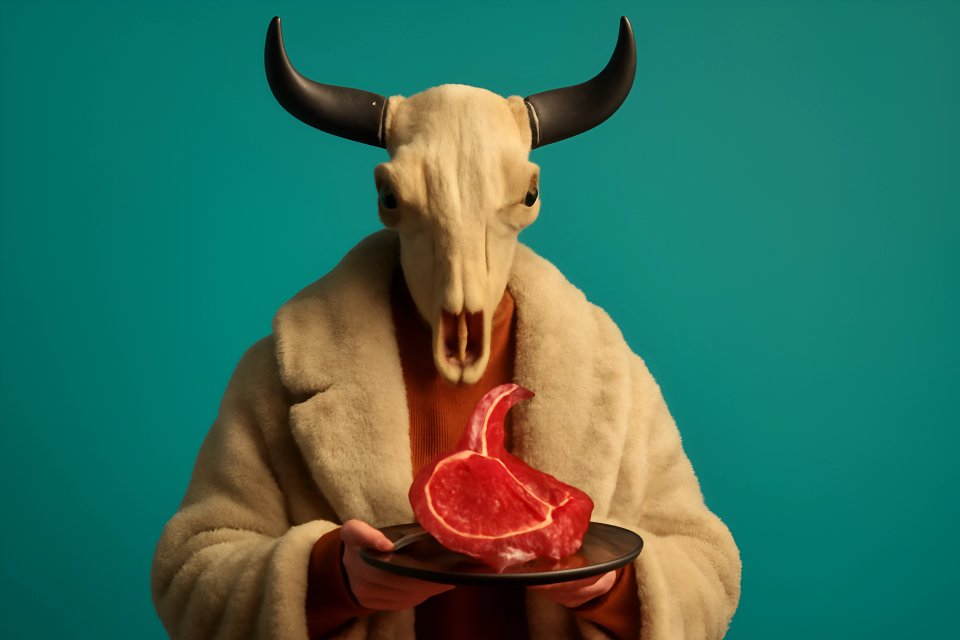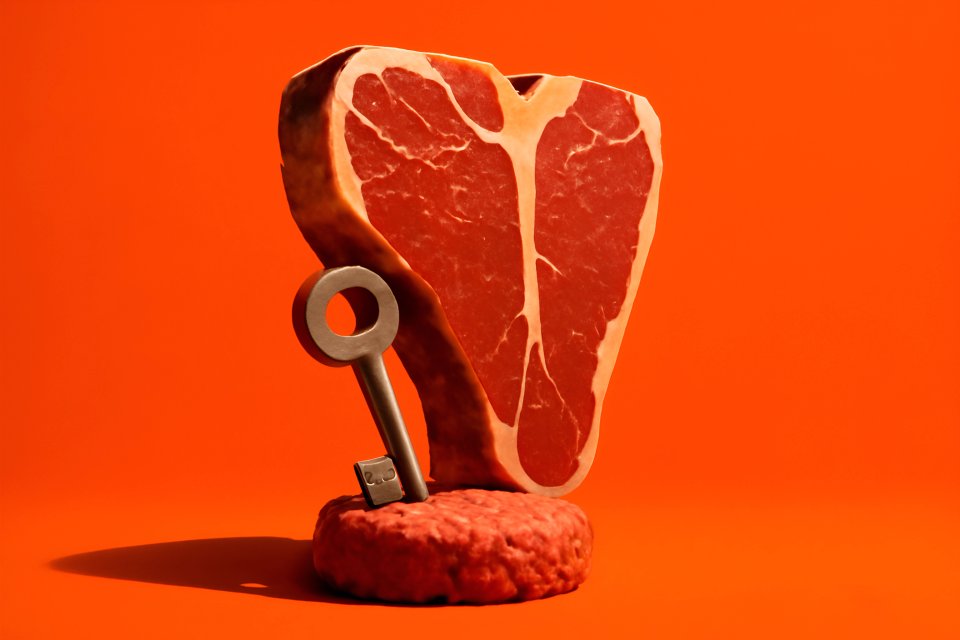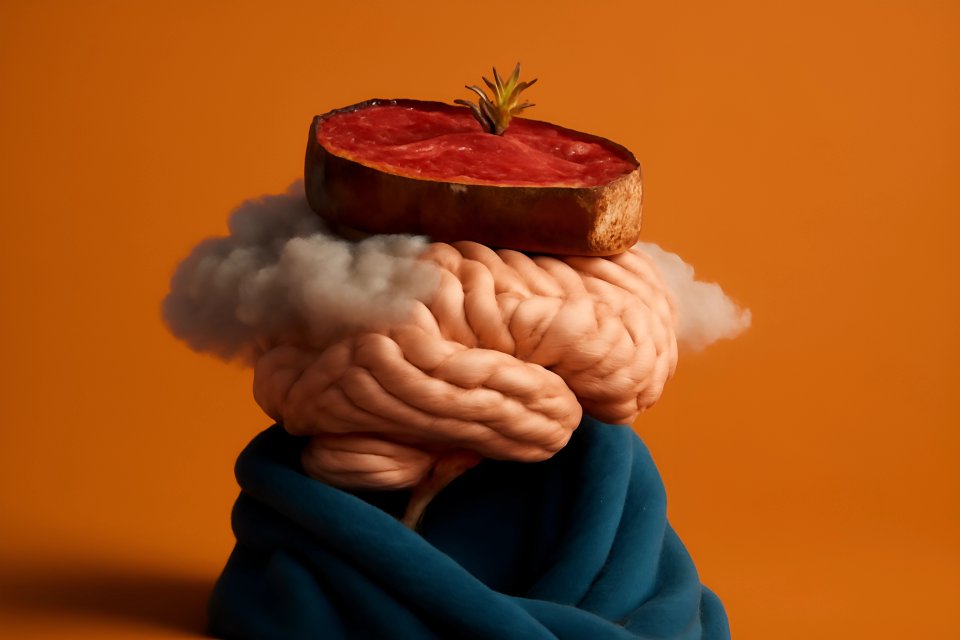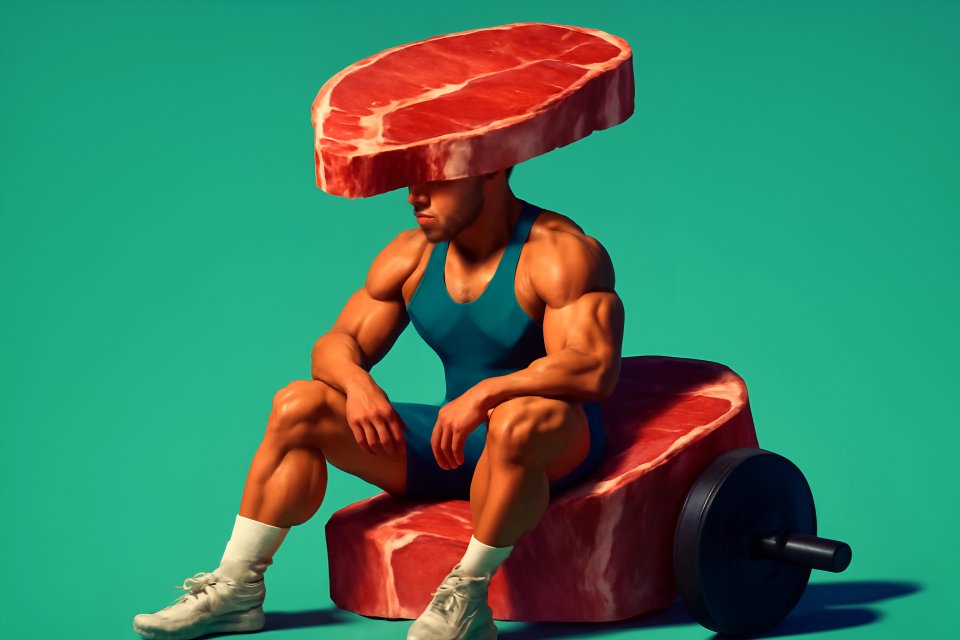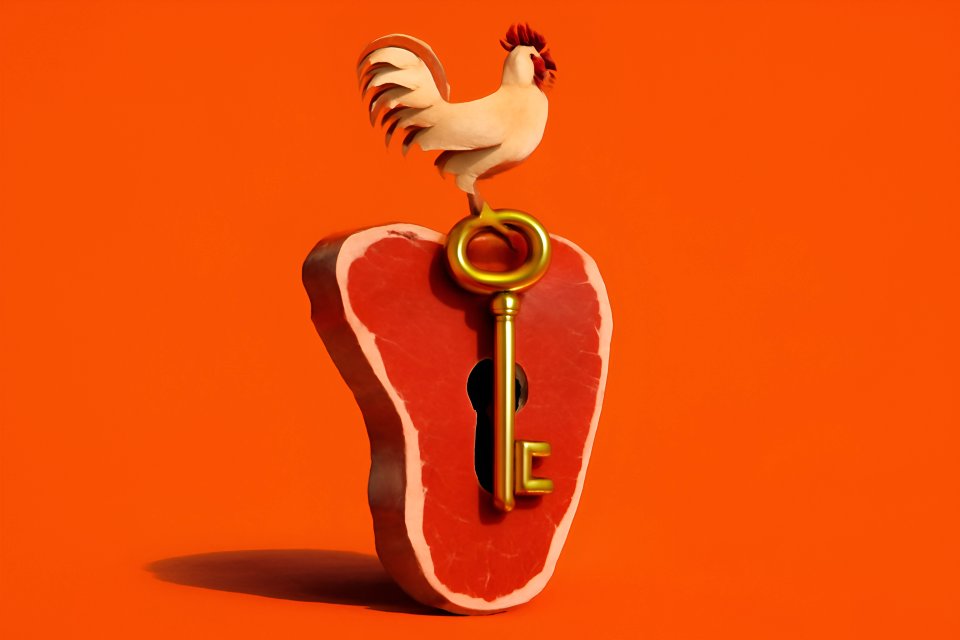
Feeling trapped in a cycle of sugar crashes, constant cravings, and afternoon brain fog? You know something needs to change, but the leap from a diet of bread, pasta, and sugar to one of meat, salt, and water can feel like jumping across the Grand Canyon. You see the other side—the vibrant health, the mental clarity, the freedom from food obsession—but the chasm seems too wide, too dangerous to cross.
This isn't just in your head. Transitioning from a high-carbohydrate diet is a unique and significant challenge, one that requires more than just willpower. It's a complete metabolic rewiring, a fundamental shift in how your body and brain operate. Your system is fighting you, screaming for the quick-burning fuel it has depended on for years, leaving you feeling exhausted, irritable, and defeated before you even begin.
The problem is rooted in physiology. Your body is in a state of intense carb-dependency, your blood sugar is on a volatile rollercoaster, and your gut microbiome is a sugar-fed ecosystem unprepared for change. Forget the cold-turkey shock to your system that sets you up for failure. This post provides a practical, 4-week meal planning blueprint designed specifically to build a bridge across that canyon. We'll guide you step-by-step, helping you manage cravings, minimize side effects, and build a sustainable foundation for long-term healing.
Why a Gradual Transition is Your Secret Weapon for Success
Before we dive into the "how," you need to understand the "why." A slow, methodical approach isn't a sign of weakness—it's a strategic advantage for long-term adherence and profound healing. You are retraining your body at a cellular level, and that process demands respect, patience, and a smart plan.
Taming the Carb Cravings: Rewiring Your Brain and Body
Your relationship with carbohydrates isn't just about habit; it's a deep-seated physiological and psychological loop. High-carb foods trigger dopamine releases in the brain, creating a powerful reward cycle that feels a lot like addiction. A peer-reviewed study on carnivore dieters found that the diet helps reset hunger hormones and dopamine pathways, but going cold turkey can feel like ripping a plug from the wall.
A gradual reduction in carbs allows you to gently taper off this dependency. Instead of a violent shock, you are methodically recalibrating your hunger hormones like ghrelin and leptin. This strategic retreat starves the sugar-craving monster slowly, giving your brain and body time to adapt and find satisfaction in nutrient-dense fat and protein.
Avoiding the "Carnivore Flu": Minimizing Transition Symptoms
Have you heard the horror stories about the "keto flu" or "carnivore flu"? The headaches, crushing fatigue, brain fog, and irritability are real, and they are often the reason people quit. These symptoms are the result of your body switching its primary fuel source from glucose (sugar) to ketones (fat) and, crucially, a massive shift in electrolyte and water balance.
For someone coming from a high-carb diet, this metabolic whiplash can be severe. Your body is used to retaining water alongside glycogen stores, and when you cut carbs, you flush that water along with critical electrolytes. A gradual transition acts as a buffer, allowing your system to adapt its fuel machinery and regulate its mineral balance more smoothly, dramatically reducing the severity of these debilitating symptoms.
Healing Your Gut, Not Shocking It
Your gut is a complex ecosystem, and a high-carb diet has cultivated a specific type of bacteria that thrives on fiber and sugar. A sudden, complete removal of their food source can lead to significant digestive distress, from diarrhea to constipation, as your microbiome is thrown into chaos. This is a major hurdle that can derail even the most motivated person.
A phased transition gives your gut a fighting chance to adapt. By slowly reducing plant matter and increasing animal-based nutrients, you allow the beneficial bacteria suited for a meat-based diet to flourish while the sugar-loving microbes die off more gradually. This methodical approach supports the healing of your gut lining, reduces digestive upset, and sets the stage for the profound gut health benefits that the carnivore diet can offer.
The 4-Week High-Carb to Carnivore Blueprint
This isn't a rigid, one-size-fits-all plan. It's a flexible framework designed to guide you from where you are to where you want to be. The goal is progress, not perfection. Listen to your body, be patient with the process, and adjust as needed.
Week 1: The Crowd-Out & Upgrade Phase
The goal this week is simple: add, don't subtract. You will focus on flooding your body with nutrient-dense animal foods, which will naturally "crowd out" the processed junk without feeling like a restrictive diet. This is about building a foundation of nourishment, not deprivation.
Your first action is to remove the three most inflammatory culprits from your diet. We call these the Big 3.
- Sugary Drinks (soda, juice, sweetened teas)
- Industrial Seed Oils (canola, soy, corn, etc.)
- Processed Snacks (chips, cookies, crackers)
Next, you will actively add more protein and fat to every single meal. Double the portion of meat you would normally eat. Start cooking your food exclusively in butter, ghee, or tallow. The goal is to signal to your body that a new, more satisfying fuel source is available.
- Breakfast: Instead of cereal or toast, have 3-4 scrambled eggs with bacon or sausage.
- Lunch: Instead of a sandwich, have a large salad with a double portion of steak, or a pile of bunless burger patties.
- Dinner: Instead of pasta with meat sauce, have a large portion of roasted chicken or pork with a side of a transitional carb like a sweet potato.
Week 2: The Low-Carb Bridge
Now, we draw a line in the sand. With a foundation of nutrient-dense animal foods in place, it's time to eliminate the most significant remaining carbohydrate sources. This is the week you will push your body to start flipping its metabolic switch from burning sugar to burning fat.
Your primary action is to remove all grains, legumes, and starchy vegetables. That means no more bread, rice, pasta, potatoes, or beans. You will also eliminate most fruit, keeping only a small handful of low-sugar berries if you feel you absolutely need them for the transition.
This is also the week to become deliberate about increasing your healthy fat intake. Don't be shy. Add a generous pat of butter to your steak, mix tallow into your ground beef, and consciously choose fattier cuts of meat like ribeye or 80/20 ground beef. Fat is your new energy source, and giving your body plenty of it will crush cravings and keep you energized.
- Breakfast: Sausage patties and fried eggs cooked in butter.
- Lunch: Leftover steak from the night before or a large bowl of seasoned ground beef, perhaps with some melted cheese.
- Dinner: Pan-seared salmon with a side of asparagus cooked in ghee.
Week 3: Entering Carnivore Territory
Welcome to the frontier. This week, you will remove the last of the plant foods and begin operating on a fully animal-based template. Your body is now primed for this final step, making the transition far less jarring than it would have been three weeks ago.
The action is straightforward: remove all remaining plant foods. This includes vegetables, fruits, nuts, seeds, and even spices if you are aiming for a true elimination protocol to identify sensitivities. Your meals should be beautifully simple: meat, salt, and water. This simplicity is a feature, not a bug; it gives your digestive system a much-needed rest and allows for deep healing.
This is also the perfect time to introduce organ meats, the most nutrient-dense foods on the planet. A recent study on the nutrient composition of a carnivore diet confirms that animal-based eating can meet or exceed many key nutrient requirements, especially when organ meats are included. Start small with beef liver capsules or a small amount of pan-fried liver once a week.
- Breakfast: Steak and eggs.
- Lunch: A bowl of shredded beef chuck roast.
- Dinner: Pork chops cooked in lard.
Week 4: Full Carnivore & Fine-Tuning
You've arrived. The bridge has been crossed. This final week is about settling into the carnivore lifestyle, learning to listen to your body's signals, and optimizing for how you feel. The results from this way of eating can be staggering; a landmark Harvard carnivore diet study found that 95% of participants reported improved overall health and 91% experienced reduced hunger and cravings.
Your focus now shifts to intuition. Ditch the clock-based eating schedule and learn to eat when you are hungry and stop when you are full. This is a skill that a high-carb diet robs you of, and reclaiming it is one of the most liberating aspects of carnivore eating.
Pay close attention to your energy levels and digestion to adjust your fat-to-protein ratio. If you feel low-energy or your cravings are creeping back, you likely need more fat. If your digestion feels a bit off, try experimenting with slightly less rendered (liquid) fat and more solid fat from the meat itself. Finally, prioritize hydration and electrolytes by salting your food to taste and drinking plenty of water.
| Week | Primary Goal | Key Actions |
|---|---|---|
| 1 | Crowd-Out & Upgrade | Remove the "Big 3"; Add protein & fat to every meal. |
| 2 | Low-Carb Bridge | Eliminate grains, starches, and most fruit; Increase fat intake. |
| 3 | Enter Carnivore | Remove all remaining plant foods; Focus on meat, salt, water. |
| 4 | Fine-Tune | Eat when hungry; Adjust fat-to-protein ratio; Prioritize electrolytes. |
Your Survival Guide: Managing Cravings and Common Hurdles
The transition is a process, and there will be challenges. Knowing how to handle them is the key to staying the course. This is your playbook for managing cravings during the carnivore transition and navigating the most common hurdles.
Conquering Cravings Like a Pro
Cravings will happen, especially in the first couple of weeks. But they are not a sign of weakness; they are a signal from your body. The number one rule for conquering a craving is simple: eat more fatty meat. A craving is almost always a request for energy (fat) or specific nutrients, both of which are abundant in animal foods.
A simple hydration hack can also work wonders. Often, a craving is a sign of thirst or low electrolytes. Try drinking a glass of water with a generous pinch of high-quality salt and wait 15 minutes. You'll be surprised how often this resolves the issue. Finally, always have "emergency" meat ready. Keep cooked bacon, burger patties, or sugar-free jerky on hand so you can reach for a nourishing option instead of caving to an old habit.
The Electrolyte Trio: Salt, Potassium, and Magnesium
As you shed water weight during the transition, you lose critical electrolytes. This imbalance is the primary cause of the headaches, muscle cramps, and fatigue associated with the "carnivore flu." Managing salt, potassium, and magnesium is non-negotiable for a smooth transition.
Salt your food liberally with a high-quality mineral salt like Redmond Real Salt. Drink high-quality bone broth daily, as it's a fantastic source of sodium and other minerals. For potassium and magnesium, fatty fish like salmon and mackerel are excellent sources, but many people find that a magnesium glycinate supplement before bed can significantly improve sleep and prevent muscle cramps. For a complete breakdown, explore our guide on maximizing electrolyte balance on a carnivore diet.
What to Expect with Digestion (The No-BS Version)
Let's be direct: your digestion will likely go through an adjustment period. Some people experience diarrhea, while others face constipation. This is a normal part of the gut microbiome shift and is usually temporary.
If you experience diarrhea, it's often a sign that you've consumed too much rendered (liquid) fat too quickly. Your body isn't yet producing enough bile to emulsify it all. The solution is to dial back on the liquid fats (like tallow or ghee) and focus on the solid fat attached to your meat. If you're dealing with constipation, the answer is often to increase your fat intake and ensure you are well-hydrated and getting enough salt.
Your Journey to Healing Has Begun
You now have the blueprint. You understand that a gradual, structured transition is the most effective and sustainable path from a high-carb diet to the healing power of carnivore. You have a clear, four-week plan that takes you from crowding out the bad, to building a low-carb bridge, to eliminating the last of the plants, and finally to fine-tuning your new lifestyle for optimal health.
This journey is about radical nourishment, not restriction. You are taking back control of your health, one meal at a time, and giving your body the building blocks it has been crying out for. Be patient with your body as it heals, be proud of the commitment you are making to yourself, and know that you are building a foundation for a life of vitality you may have thought was lost forever.
What's your biggest fear or question about making the switch? Share it in the comments below—we're here to support you!
Ready for the next step? Dive deeper with our Beginner's Guide to Overcoming Carnivore Diet Side Effects and Transition Challenges to troubleshoot any issues that arise.
